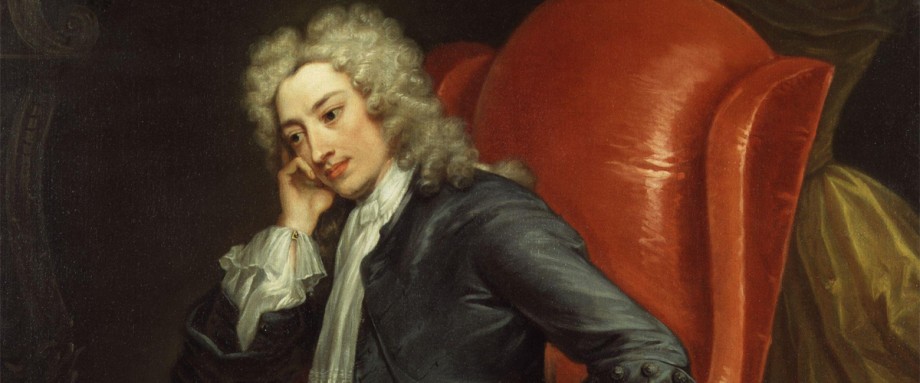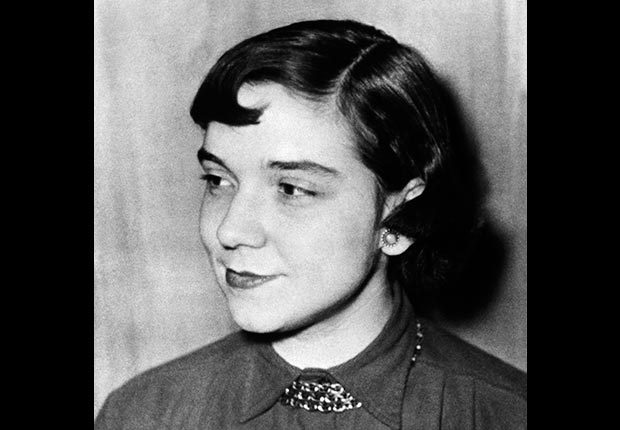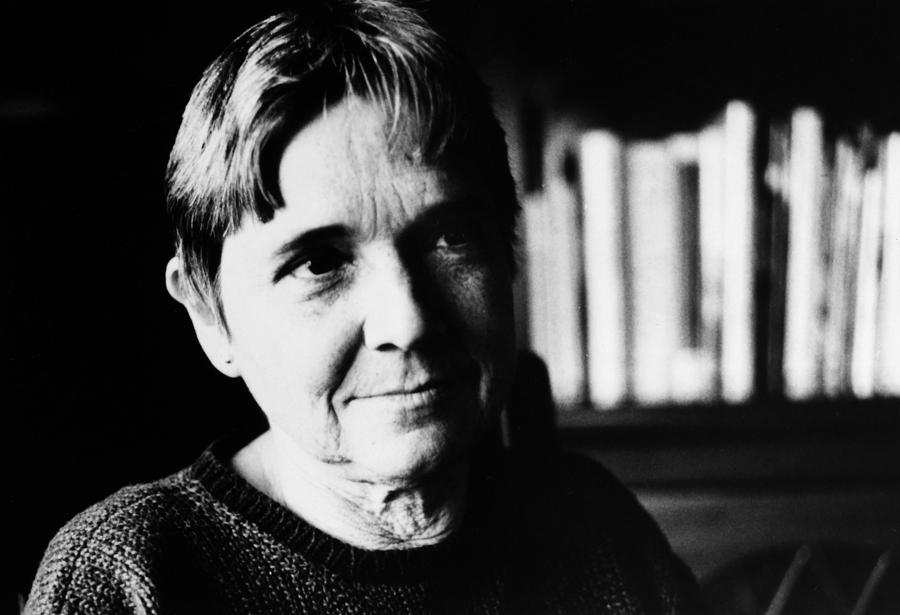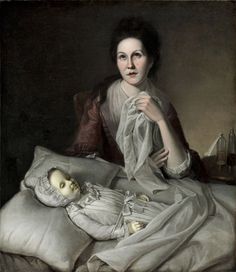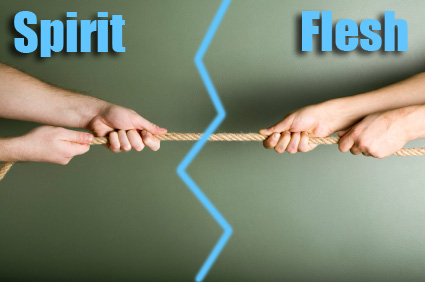Introduction to the Poet:
Allen Ginsberg was the famous American poet of beat movement OF 1950s. He is remembered for his controversial poem ‘Howl’, reflecting his own homosexuality in the times when being homosexual was a crime in the U.S. He laid his hands on most of the taboos of the 1950s- drug trafficking in Southeast Asia, gay rights, drug use, communism, Bangladesh liberation war, Vietnam War protest and many others. In mid-sixties he came across Buddhism and krishnaism during his visit to India. He was introduced to harmonium in Banaras by Buddhist Nagarjun. Since then he sang and played his poems on it.
Poem:
Ginsberg wrote this poem during his flight to home to attend his father’s funeral. It’s a poem dealing with blues after the death of loved ones.
Setting of Father Death Blues:
Ginsberg had a pathetic childhood. His father Louis Ginsberg was a high school teacher and a published poet. His mother Naomi Livergant Ginsberg was mentally upset. Due to his mother’s illness he was highly disturbed and after her death he wrote ‘Kaddish’. And, when he lost his father, he created this poem.
Poetic Devices in Father Death Blues:
Personification is the soul of the poem. Death is personified as a new person who has grown out of death and the poet is telling each one of them, their significance in his life.
Formal rhyming is maintained in each stanza excepting the first. Allen’s early poetry was written in formal rhyme like his father and his idol William Blake. He was inspired by Kerouac’s concept of “spontaneous prose”.
Summary of Father Death Blues:
Allen is mourning about his father’s death. In an attempt to soothe his grief he brings death to a bearable level by personifying it. He has already lost his mother, lying “underneath the floor”. Now, he has lost his father too. He is imagining more deaths, of his loved ones like old aunty, old uncle, brother, sister, teacher, dharma and sangha.
The poem represents the tête-à-tête conversation of the poet and the personified death.
In first stanza, he assures his father that he is going in a right direction in life.
In second stanza, he consoled the ‘Father death’ that there is mother “underneath the floor” to accompany him. He orders the “Brother death” to take care of the store as he is unable to do so alone.
In third stanza, he caresses the “old aunty death” that she can show up her bones which have become palpable due to old age. He tells the “old uncle death” that he is there to listen to his “groans”, his story of pain. He reminisces of “sweet moans “of his sister.
In fourth stanza, he tells the “children death” to fulfill their wishes and go to their mother to ease her sobbing breast. He reinstates the human nature, where tears ease the pain.
In fifth stanza, he claims that “death” is a genius who has accomplished its task in an artful manner. He misses the body of his lover.
In sixth stanza, he praises and thanks the “teacher death” for teaching him and raising him to the level where he can understand and define death and its blues.
In seventh stanza, he tells “Buddha death” that he has awakened his soul, leading it to a brighter place. He appreciates the “dharma death” for its new concept. He promises the “sangha death” that he will work together in the group.
In eighth stanza, he reinstates that death raises suffering and his ignorance of worldly relations made him alone. But, his acceptance gave him “tearful truths” that he cannot avoid but, accept them like death.
At last he urges his father to relive and reassures him that his birth (poet’s birth given by his father) will be fruitful. In the course of time it will be proved by his attempts to cut through all the taboos to improve society.
Critical Analysis of Father Death Blues:
This poem depicts the controversial life of Allen Ginsberg. On the literal face he tries to be strong but at the end he aspires for his father’s return. He grapples with the inevitable death of his loved ones. Allen’s first poem ‘Howl’ was banned due to its obscene language. He was indulged in all sorts of taboo in 1950-60 which led to his despicable life. In this poem, in these lines- “I know where I’m going” and “my heart is still, as time will tell”, he assures his father that he will succeed in his life. This promise hints upon his controversial and unstable life.
To cope up with the remorse of his father’s death he personifies the death of his relatives followed by his father’s. He tells, argues, warns, caresses, thanks the “death” of his father, brother, sister, old aunty and uncle, dharma, sangha and Buddha.
The use of ‘Guru’, ‘Buddha’, ‘Sangha’ and, ‘Dharma’ reflects the influence of Buddhism and krishnaism in his life.
Central Idea of Father Death Blues:
Death of loved ones is an inevitable part of life. One has to deal with it or it will exhaust you. Allen is trying to raise the level of his bearing and lowers the level of gravity of death.
Tone of Father Death Blues:
Allen uses a simple rhythmic tone. The simple use of words makes “death” more explicable in human language beyond remorse.
Conclusion:
The ‘Father Death Blues’ by Allen Ginsberg unveils the intricate reality of “death” and longings. As if there is a sea full of dead bodies of loved ones and Allen is scurrying through it, telling each and every one about their significance in his life.
Contributor: Tripti Aggarwal
Some online learning platforms provide certifications, while others are designed to simply grow your skills in your personal and professional life. Including Masterclass and Coursera, here are our recommendations for the best online learning platforms you can sign up for today.
The 7 Best Online Learning Platforms of 2022
- Best Overall: Coursera
- Best for Niche Topics: Udemy
- Best for Creative Fields: Skillshare
- Best for Celebrity Lessons: MasterClass
- Best for STEM: EdX
- Best for Career Building: Udacity
- Best for Data Learning: Pluralsight


